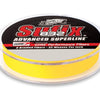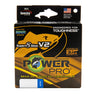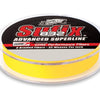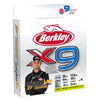-
Sold out
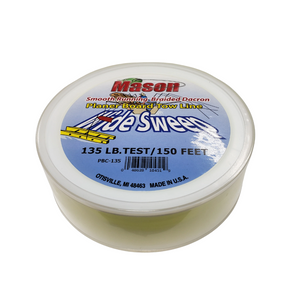 Vendor:Mason Tackle
Vendor:Mason TackleMason Wide Sweep Planer Board Tow Line - Chartreuse
Regular price $27.99 CADRegular price -

 Vendor:Sunline
Vendor:SunlineSunline Almight Sinking Braid - 165yds
Regular price $36.99 CADRegular price -
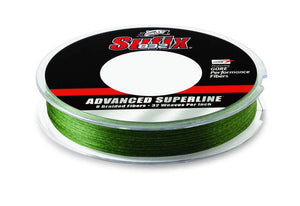
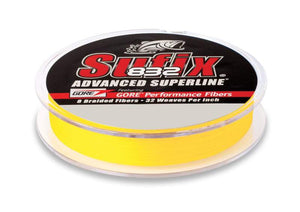 Vendor:Sufix
Vendor:SufixSufix 832 Advanced Superline - 150 yard
Regular price $29.99 CADRegular price -
 Vendor:Berkley
Vendor:BerkleyFireline Thermally Fused Tough 300yd
Regular price $49.99 CADRegular price -
Sold out
 Vendor:Tufline
Vendor:TuflinePlaner Board Line
Regular price From $13.99 CADRegular price -

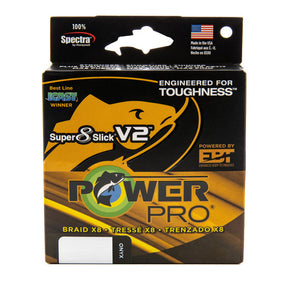 Vendor:Power Pro
Vendor:Power ProPower Pro Super 8 Slick V2 - 150yd
Regular price From $33.99 CADRegular price -
 Vendor:Gamma
Vendor:GammaGamma Torque Braid Line
Regular price From $19.99 CADRegular price -
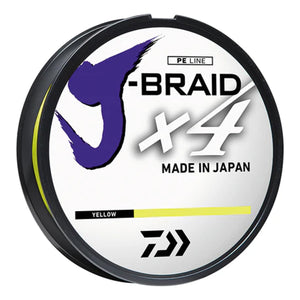
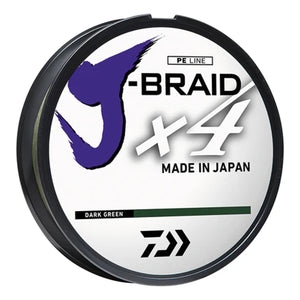 Vendor:Daiwa
Vendor:DaiwaDaiwa J-Braid X4 - 150 Yards
Regular price From $12.99 CADRegular price -
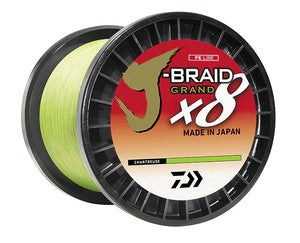
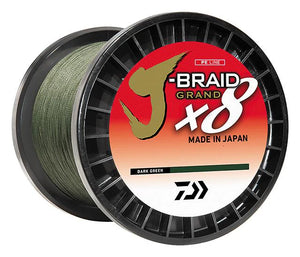 Vendor:Daiwa
Vendor:DaiwaDaiwa J-Braid X8 Grand - 150 Yards
Regular price $23.99 CADRegular price -

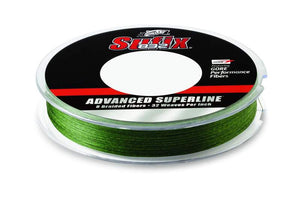 Vendor:Sufix
Vendor:SufixSufix 832 Advanced Superline Braid - 150 Yards
Regular price $27.99 CADRegular price -
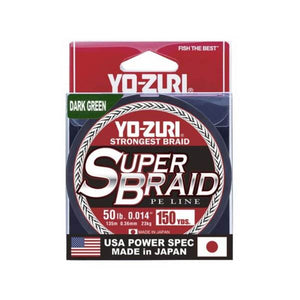
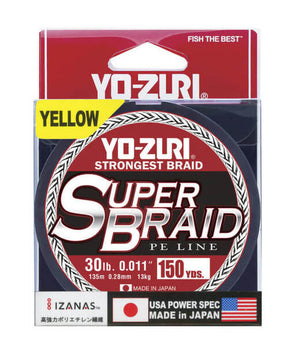 Vendor:Yo-Zuri
Vendor:Yo-ZuriYo-Zuri Super Braid - 150yd
Regular price From $17.99 CADRegular price -
Sold out
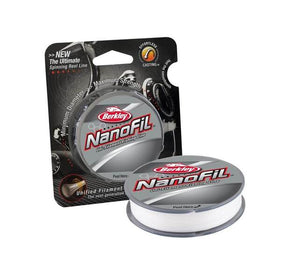
-
Sold out
 Vendor:Spiderwire
Vendor:SpiderwireStealth + Trilene Fluorocarbon Leader
Regular price $24.99 CADRegular price -
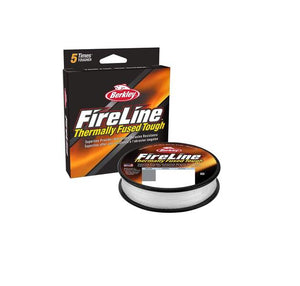
 Vendor:Berkley
Vendor:BerkleyFireline Thermally Fused Tough 125yd
Regular price $28.99 CADRegular price -
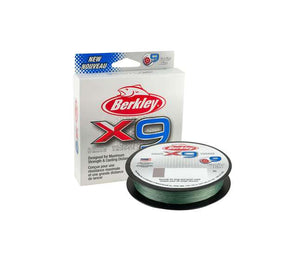
 Vendor:Berkley
Vendor:BerkleyBerkley X9 Braid
Regular price From $26.99 CADRegular price -
 Vendor:Power Pro
Vendor:Power ProPower Pro Braid Hi-Vis Yellow - 150yd
Regular price $27.99 CADRegular price -
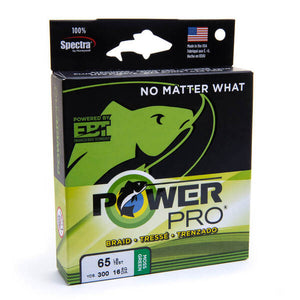 Vendor:Power Pro
Vendor:Power ProPower Pro Braid - Red
Regular price $24.99 CADRegular price -
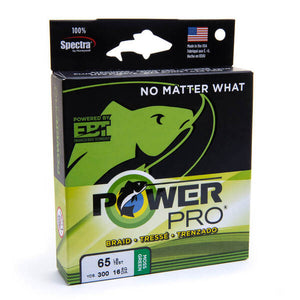 Vendor:Power Pro
Vendor:Power ProPower Pro Braid Moss Green - 150yd
Regular price From $27.99 CADRegular price
What is Braided Fishing Line?
Braid fishing line, also known as braided line, is made from weaving together several strands of synthetic materials like Spectra, Dyneema, or Micro-Dyneema. This composition gives the braided line exceptional strength relative to its diameter. Additionally, it has virtually no stretch, which provides superior sensitivity and allows anglers to feel even the slightest nibbles from fish. Braided line is also characterized by its durability and ability to maintain its qualities over time, as it is resistant to UV damage and abrasion.
When Should You Use Braided Line?
Braided line is particularly advantageous in specific fishing scenarios compared to monofilament or fluorocarbon lines:
- Heavy Cover: When fishing in areas with heavy vegetation, such as lily pads, reeds, or thick underwater structures, braid is highly effective. Its lack of stretch and high strength make it ideal for pulling fish out of these challenging environments without the line snapping.
- Long Casts: The thin diameter of braid helps in making longer casts with less effort. This feature is particularly useful when you need to cover a large area or cast long distances from the shore or in deep-sea fishing.
- Deep Water Fishing: Braid's thin diameter allows it to cut through the water faster and with less resistance, making it perfect for deep-water fishing. It enables baits to reach deeper depths more quickly and maintains good contact with the lure.
- Jigging and Trolling: The zero stretch of braided line provides better hook-setting power and instant feedback on what is happening with the lure. This makes it excellent for techniques like jigging and trolling, where feeling light bites or understanding the lure’s behavior is crucial.
- Topwater Techniques: While braided line does not sink, which might seem disadvantageous for some applications, it is excellent for topwater lures because it stays on the surface and promotes better lure action.
Comparative Considerations:
- Visibility: Unlike fluorocarbon, which is almost invisible under water, braided line is more visible to fish. This can be a disadvantage in clear water conditions where fish are wary.
- Stretch: Monofilament offers some stretch, which can be beneficial in absorbing the shock of a fish strike, reducing the likelihood of the hook tearing through a fish's mouth. Since braid has no stretch, it can sometimes lead to lost fish due to the increased likelihood of tearing, especially with larger, more aggressive fish.
- Abrasion Resistance: While braided line is generally strong, it can be less resistant to abrasion compared to fluorocarbon, which excels in rocky or sharp environments.
Shop Braid Fishing Line at Angling Sports
Choosing the right type of fishing line depends on the specific conditions and the fishing techniques employed. Braided lines offer distinct advantages in scenarios that demand sensitivity and strength, but consideration should be given to the water clarity, environmental structure, and specific fish species targeted. Find the ultimate in strength and versatility within a selection of Braid Fishing Line from top brands like Berkley, Daiwa, Power Pro, Sufix and more at Angling Sports.







